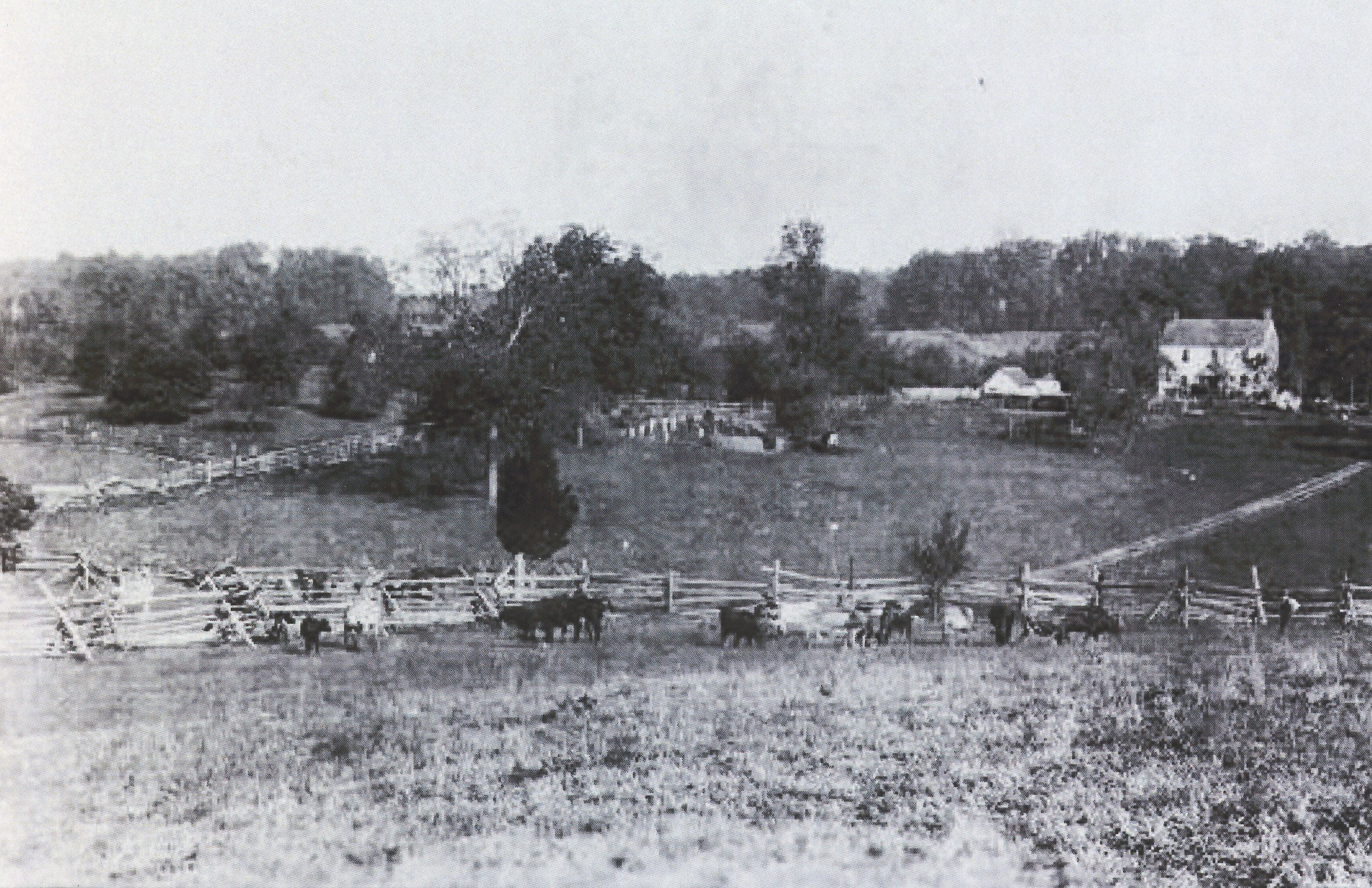Quakers
From the 1760s until about 1810, a Quaker settlement spanned the area through which Poplar and Ramoth Church Roads pass. This was known as the Poplar Settlement, and it included a meeting house and cemetery. Many of those of that faith who resided there were employed at James Hunter’s Iron Works and its subsidiary, Rappahannock Forge.
Eighteenth century Quakers were well recognized for their craftsmanship. They were highly skilled in trades such as blacksmithing, gunsmithing, millwrighting, in the foundry trades, and in building and operating charcoal-fired blast furnaces used in the making of pig iron.
James Hunter (1721-1784) of Fredericksburg was a Scottish merchant who understood the tobacco industry, shipping, and the mercantile business, but he knew little about the manufacturing of iron, so he sought the best people to whom he had access to run his iron furnace and forge. At that point in time, those were Quakers. Hunter advertised in the New Jersey and Pennsylvania newspapers for skilled tradesmen to come to work at his furnace.
The first group of Quakers to come to Stafford in response to Hunter’s advertisements arrived here in the early 1760s and came from New Jersey and Pennsylvania. This group included a millwright named John Strode (c.1735-c.1820). He assumed management of Hunter’s Iron Works around 1764 and directed the explosive expansion of Hunter’s operations during the time the Virginia authorities were investing money in it. The armory, 300 feet long and four stories high, was his brainchild.
As a result of the state-funded expansion in 1776/77, Strode needed more tradesmen and he traveled himself to Pennsylvania and New jersey on a recruiting mission. He brought back a second contingent of Quaker workers at that time.
The Quakers, who tended to congregate together, purchased land in western Stafford, most of which was located between or near what are now Poplar and Ramoth Church Roads. They built a meeting house (now gone) and had a community burying ground (still extant in a grove of trees off Poplar Road.).
Activities at Hunters slowed after the close of the Revolution. James Hunter died in 1784, but his administrators kept the profitable shops open and functioning until around 1810. With few employment options left, most of the Quakers moved west to Ohio and, with the exception of the Quaker Holloway family, most had left Stafford by about 1812.
The Quakers liked building with “hard stone.” In Stafford, that usually means granite or a related igneous stone. They built a stone house on Sally Lou Fitzhugh’s farm, but it was pulled it down by her her father or grandfather and replaced with a smaller frame house. The spring house was also built of stone. Below is the only known image showing the old stone house:


